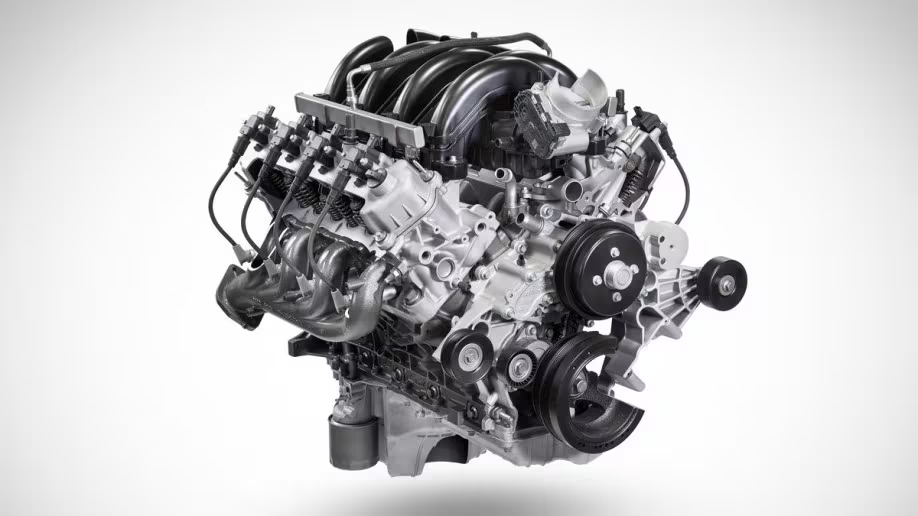Automotive design is a field of study that develops the aesthetic appearance of motor vehicles, including automobiles, buses, coaches, vans, and motorcycles. Today, there are more than a trillion cars on the road, and many designers are working to bring their visions to life. The goal of automotive design is to enhance the overall look and functionality of motor vehicles. In the field of automotive designing, the goal is to make them as appealing and comfortable to drive as possible.
The first step in designing a car is to think about the vehicle’s packaging requirements. Usually, a car has two main components, the engine and driver. The designer must leave enough room in the design to accommodate all of these components. A car’s design is also affected by the number of passengers it will carry. Typically, a car will hold up to four people, but some may have to travel long distances. The interior of a car should be comfortable and inviting, but the layout must be practical and safe.
Once the car’s shape has been determined, the next step is to develop a detailed outline of the car’s body. The sketch is created with straight lines and right angles. The design is then divided into a series of squares, with one square at the top and two or three squares at the bottom. Depending on the type of use, the top square should be narrower than the bottom ones, and the rear square should be closer to the rear axle.
Once the car shape is complete, it’s time to start working on the interior. The first step in designing a car is to sketch the shape of the car. Divide this outline into three or four squares. The top square should be short and the bottom one should be longer and closer to the rear axle. The next step is to create a finalized interior. If the car looks great in your rough sketch, you’re halfway there.
The next step in car design is to choose a suitable vehicle for your target market. After the initial sketch, you need to think about the main purpose of the car and the size and weight. Keeping these factors in mind, you’ll be able to come up with a design that will be effective in the intended market. It’s also important to consider the safety regulations in the specific market you’re targeting. Once you’ve established the purpose of the new car, it’s time to think about the design.
The basic principles of car design include its proportions. The shape of a car’s face is very important. It should be designed in such a way that it can be perceived as being alive. Graphical elements are the most important part of a vehicle’s face. They tie the whole vehicle together and add visual interest. In designing a car, however, you need to consider these factors. By understanding the functions of the car, you’ll be able to create a car that is both beautiful and functional.

















